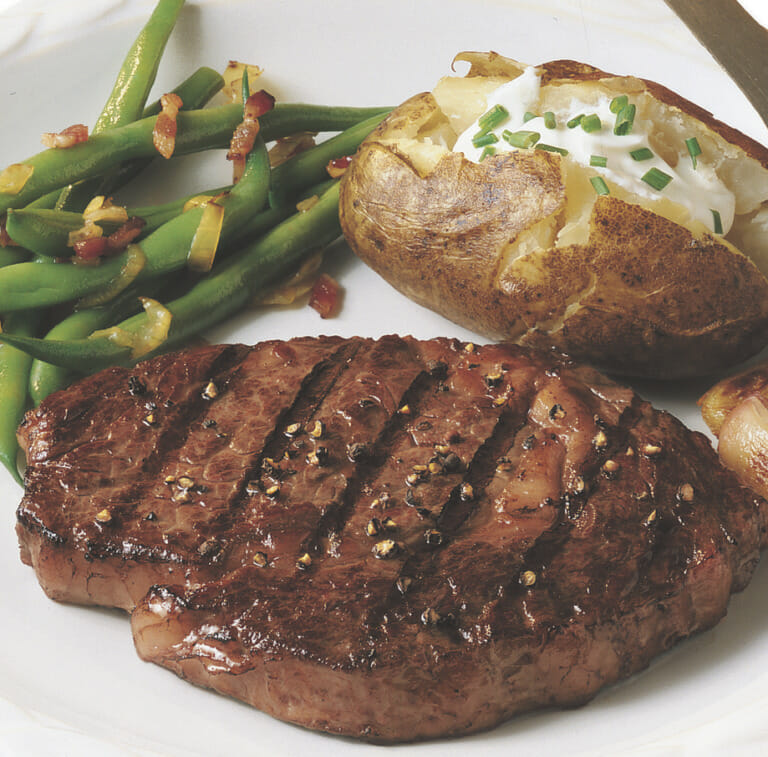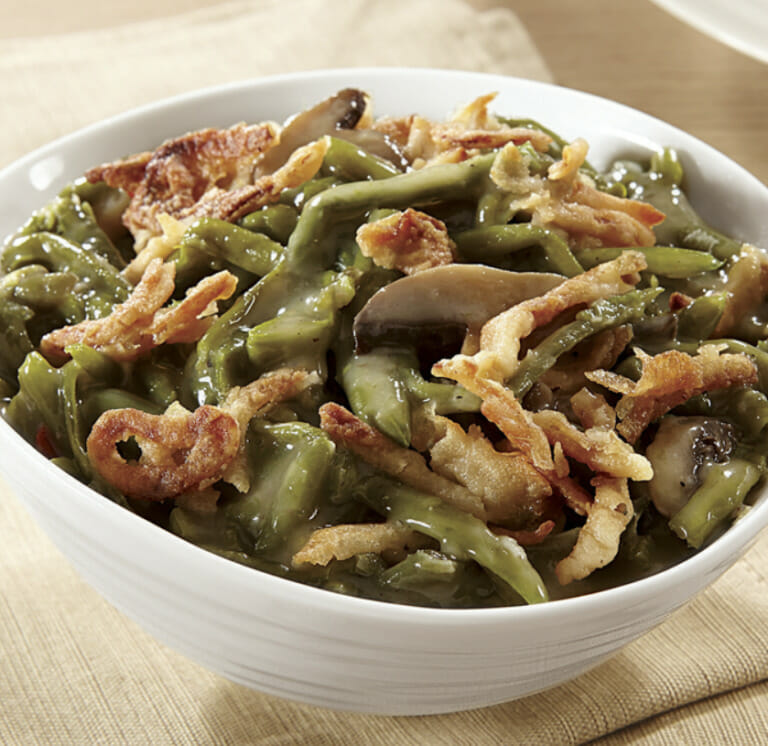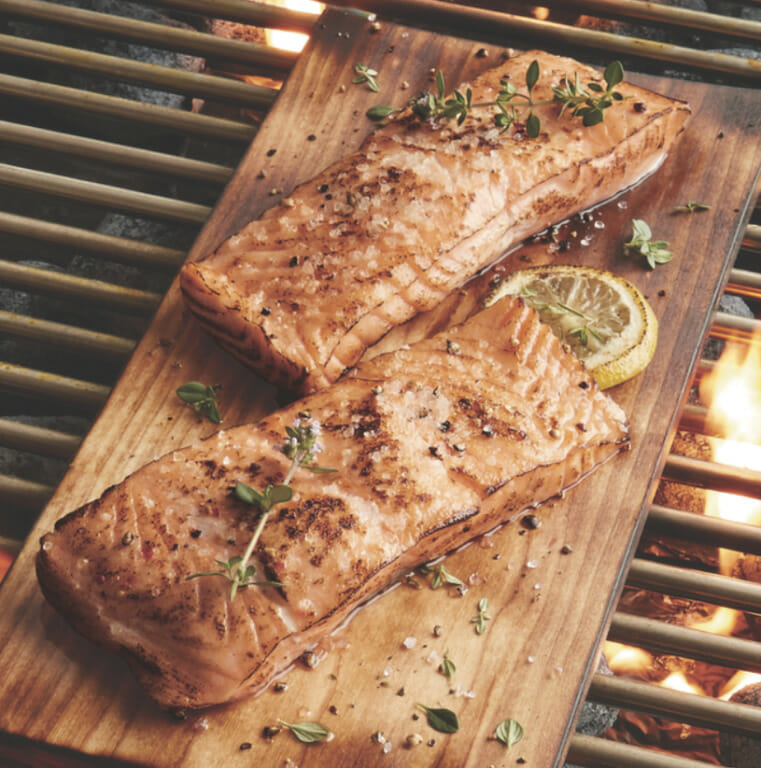Shrimp Recipes: Scampi and More
Shrimp scampi is pretty much everyone’s go-to recipe for America’s most popular seafood…we’ll teach you how to make it and other great shrimp recipes.
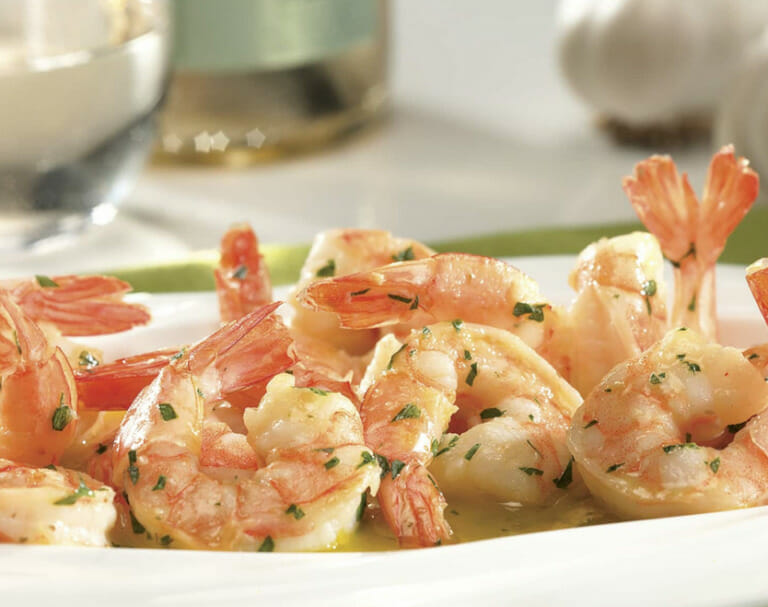
There must be a million shrimp recipes. Shrimp scampi, coconut shrimp, shrimp creole, shrimp gumbo…to paraphrase Bubba from Forrest Gump. Shrimp is America’s most popular seafood, and we’ve found seemingly endless ways to enjoy it. Many of them were borrowed from other countries, too, because some type of shrimp exists nearly everywhere on the planet.
Shrimp are found near the seafloor of most coasts and estuaries, and there are thousands of species…including many small freshwater species. They are crustaceans (shellfish) of the order Decapoda (“ten-footed”). Unlike crabs and lobsters, which have powerful legs, the shrimp’s ten legs are fragile and used for perching. They propel themselves by flexing their muscular tails, which provide the richly flavored meat we love to eat.
The flavor is pretty much the only thing rich about shrimp. One medium shrimp provides only about 7 calories, while a jumbo shrimp contains about 14 calories. That’s about 99 calories in 100 grams of cooked shrimp, compared to 165 calories for the same amount of chicken breast. And while shrimp is considered high in cholesterol, its significant omega-3 fatty acid and low saturated fat content are believed to have a positive effect on the ratio of LDL to HDL cholesterol.
And did we mention it tastes good?
Shrimp Scampi
This is the go-to recipe for many a shrimp lover…and is also what throws shrimp’s positive nutritional profile straight out the window. So what is shrimp scampi?
For starters, while you would think scampi is an Italian sauce or technique on the order of alfredo or marinara, you would only be half right. It is Italian…but scampi is the plural of scampo, the Italian word for Nephrops norvegicus, the Norway lobster, also known as langoustine. Roughly the size of a large crayfish, the langoustine is closer in taste and texture to its relatives, lobster and crayfish, than it is to shrimp. So in American culinary lingo, we’re actually calling this dish “shrimp langoustine”. No doubt the term scampi as a dish rather than an ingredient came about because the preferred way for Italians to eat langoustines was with melted butter and white wine…so they decided to do the same with their prized gamberi, or shrimp.
Shrimp scampi is a very simple dish consisting of shrimp in garlic butter and dry white wine. This recipe from Food Network is a typical shrimp scampi technique. Of course, it can always be embellished and adapted to different tastes. This recipe for Shrimp Scampi with Sun-Dried Tomatoes substitutes shallot or onion for the more pungent garlic, and replaces the vermouth with a sweeter, more earthy brandy or sherry to soften the tang of sun-dried tomatoes.
Or, of course, if you’re in the mood to splurge and let someone else do the cooking, an excellent heat-and-serve shrimp scampi can be ordered online and kept in the freezer so you’re always ready to impress with little notice. While you’re impressing your family and friends with shrimp recipes, wow them with your knowledge of shrimp facts, like this one:
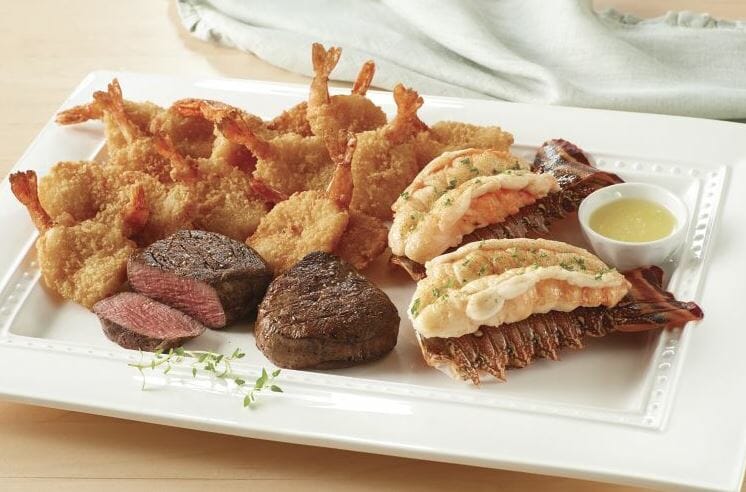
Shrimp vs. Prawn
No doubt you’ve seen these two terms used interchangeably. A restaurant will offer jumbo prawns on its menu, but when they arrive they look an awful lot like the shrimp you had with cocktail sauce a couple of weeks ago. Is there a difference? Not really. Even scientists are inconsistent in the use of these terms, probably because they’re common names, not scientific names.
In many circles, larger species are referred to as “prawns”, while smaller ones are called “shrimp”. This could be because, somewhere over the years, the word “shrimp” in English became associated with “small”, and people couldn’t bear using the oxymoron “jumbo shrimp”. Still others define prawns as freshwater species and shrimp as saltwater species…but there are clearly a lot of very small freshwater shrimp that serve only as food for fish, as well as saltwater species that can make a pretty substantial meal.
The bottom line? Culinarily speaking, there is really no difference between a shrimp and a prawn.
More Shrimp Recipes
Because they are found in fresh and salt water, warm and cold water, all over the world, shrimp are highly adaptable to many different cuisines.
Shrimp gumbo is a Louisiana classic combining techniques and ingredients from French, Spanish, Choctaw and African cultures, and is one of America’s great comfort foods.
On a hot day, you can’t go wrong with a cool shrimp salad on a bed of greens…or the timeless appetizer, shrimp cocktail. It’s easy to make your own cocktail sauce with ketchup or chili sauce, prepared horseradish and a squeeze of fresh lemon juice. Breaded and fried shrimp also make fabulous appetizers.
Looking for a different kind of cookout? If you have a turkey fryer or outdoor burner and a big pot, gather friends and family for a fantastic shrimp boil. Put together a simple homemade shrimp boil seasoning, season a big pot of water and add (in this order) lemon halves, potatoes and onions, half-ears of sweet corn, and shrimp. Drain it, spread it all out on a newspaper-covered table, and serve it all with hot sauce, cold beer and lots of paper towels. And speaking of accompaniments…
What to Serve with Shrimp
Naturally, that depends mostly on the type of dish you’re making with shrimp. Some occasions (like a shrimp boil) just call for beer, while other meals demand something a little more refined. Depending on the nature of your gathering and personal preferences, here are some choices that complement shrimp beautifully:
Beer: Pilsner, pale ale, saison ale, stout, tripel ale, wheat/weiss beer
Wine: Champagne or prosecco, chenin blanc/Vouvray, gewürztraminer (if spicy), grüner veltliner, pinot grigio (for shrimp scampi), sauvignon blanc
Now get your hands on some premium shrimp and plan your feast!
